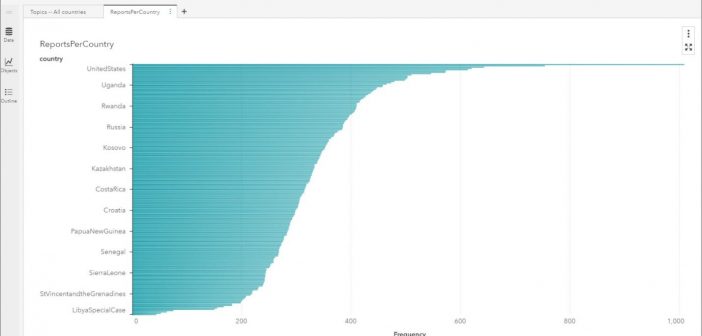The SAS Data Science Blog
Advanced analytics from SAS data scientists
The machine learning autogenerated concept and fact rules in VTA 8.4 facilitate the process of developing LITI rules to extract and find information in text documents. There are many important problems where the use of Text Analytics provides valuable insights such as with Human Trafficking.

A simple example of how you can combine SAS and open-source technologies to solve real business issues.

Neural networks, particularly convolutional neural networks, have become more and more popular in the field of computer vision. What are convolutional neural networks and what are they used for?

Learn how Bayesian optimization works through a simple demo.

In this blog, I use a Recurrent Neural Network (RNN) to predict whether opinions for a given review will be positive or negative. This prediction is treated as a text classification example. The Sentiment Classification Model is trained using deepRNN algorithms and the resulting model is used to predict if new reviews are positive or negative.

Customer risk rating models play a crucial role in complying with the Know Your Customer (KYC) and Customer Due Diligence (CDD) requirements, which are designed to assess customer risk and prevent fraud. Today, the most common form of the Customer Risk Rating model is a score-based risk rating model. This




